County: Yell
Dardanelle and Ivey’s Ford, Actions at
Dardanelle Confederate Monument
 Dardanelle Confederate Monument
Dardanelle Confederate Monument
 Dardanelle Flooding
Dardanelle Flooding
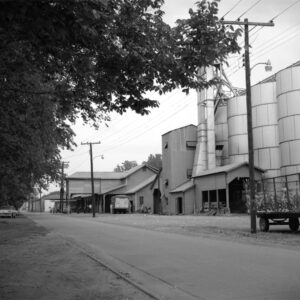 Dardanelle Gin
Dardanelle Gin
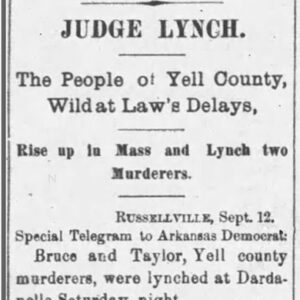 Dardanelle Lynching Article
Dardanelle Lynching Article
Dardanelle Lynching of 1881
Dardanelle Pontoon Bridge
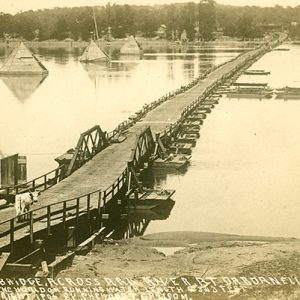 Dardanelle Pontoon Bridge
Dardanelle Pontoon Bridge
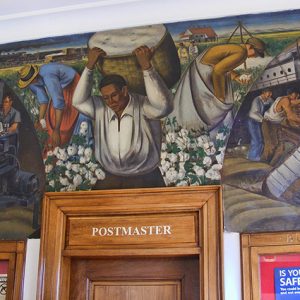 Dardanelle Post Office Art
Dardanelle Post Office Art
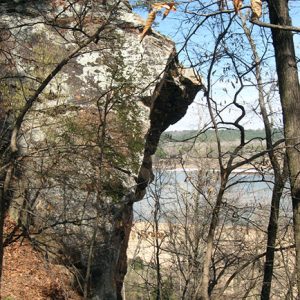 Dardanelle Rock Natural Area
Dardanelle Rock Natural Area
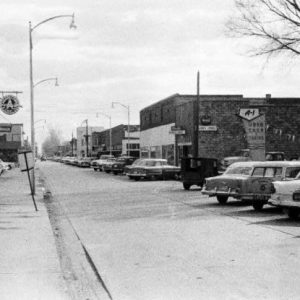 Dardanelle Street Scene
Dardanelle Street Scene
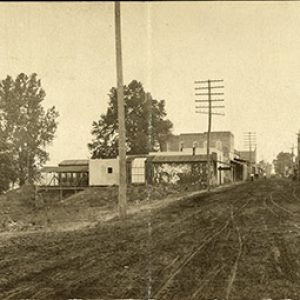 Dardanelle Street Scene
Dardanelle Street Scene
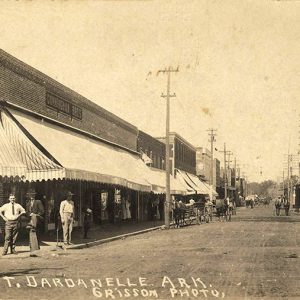 Dardanelle Street Scene
Dardanelle Street Scene
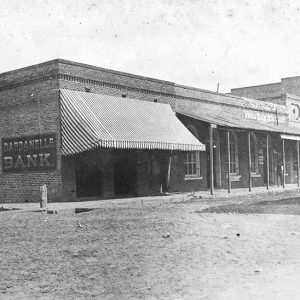 Dardanelle Street Scene
Dardanelle Street Scene
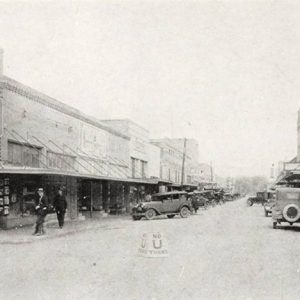 Dardanelle Street Scene
Dardanelle Street Scene
 Dardanelle Street Scene
Dardanelle Street Scene
 Dardanelle Street Scene
Dardanelle Street Scene
Dardanelle, Capture of
Dardanelle, Skirmish at (August 30, 1864)
Dardanelle, Skirmish at (September 12, 1863)
Ellis, William
 William Ellis
William Ellis
 Entering Ola
Entering Ola
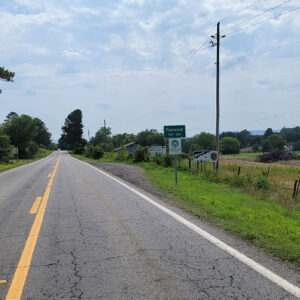 Entering Plainview
Entering Plainview
Feild, William Hume “Rush” Sr.
Gibson, Henry C.
Gleason, George
 Joe Gray
Joe Gray
Gray, Joseph Ray (Joe)
Harkey Valley (Yell County)
 Harkey Valley
Harkey Valley
Hart, Jesse Cleveland
Havana (Yell County)
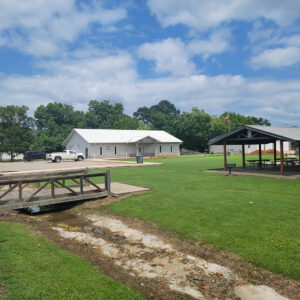 Havana City Hall
Havana City Hall
 Havana Post Office
Havana Post Office
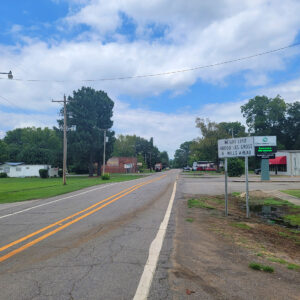 Havana Street Scene
Havana Street Scene
 Havana Street Scene
Havana Street Scene
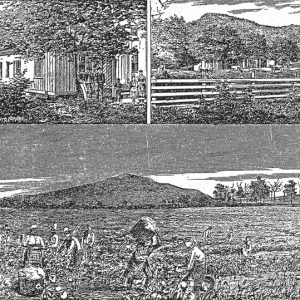 Hawkstone Plantation
Hawkstone Plantation
 Holla Bend Flooding
Holla Bend Flooding
Holla Bend National Wildlife Refuge
Holland, Jim (Lynching of)
 Jim Holland Lynching Article
Jim Holland Lynching Article
 Horse Rescue
Horse Rescue
Hunnicutt, Arthur Lee
Jacoway, Henderson Madison
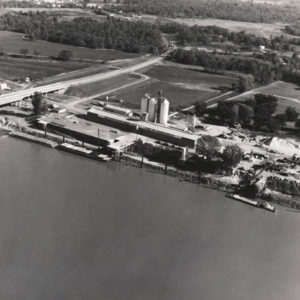 Keenan River Warehouse
Keenan River Warehouse
 Lake Dardanelle Entrance
Lake Dardanelle Entrance




